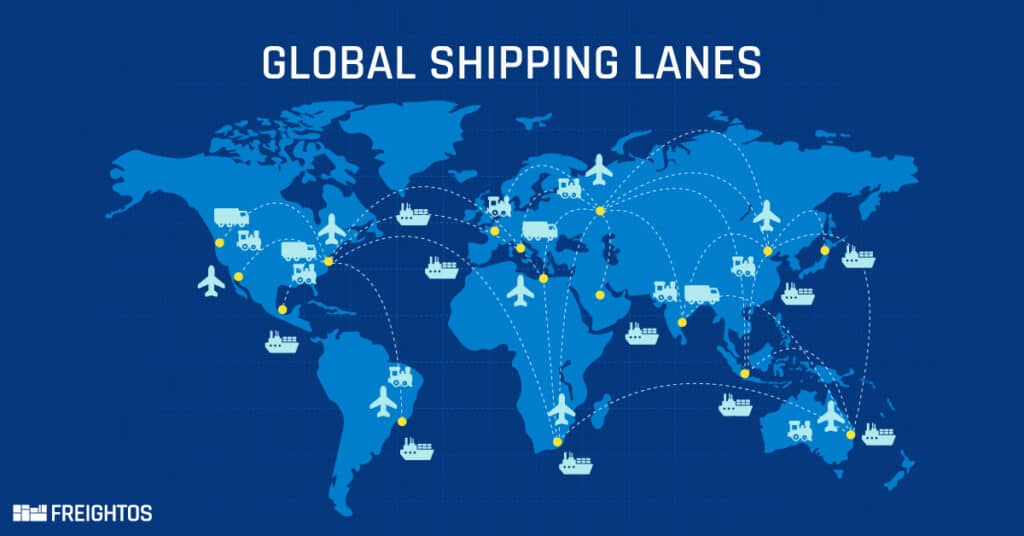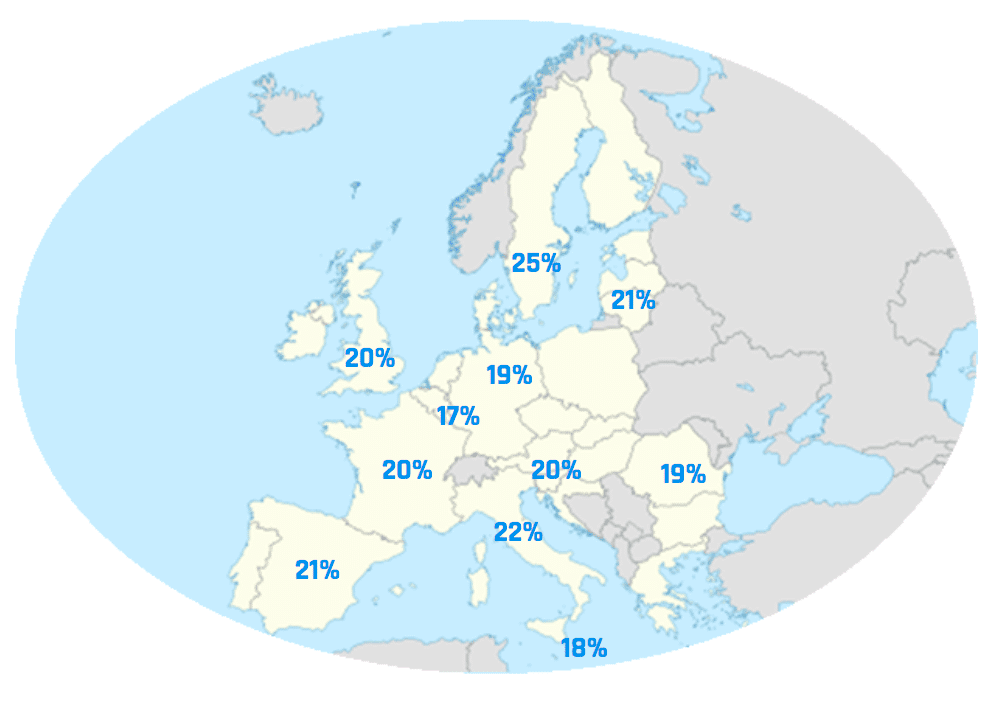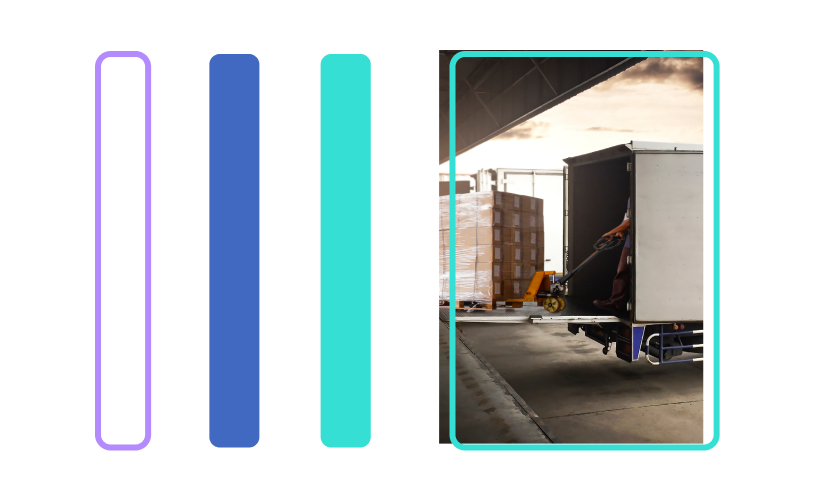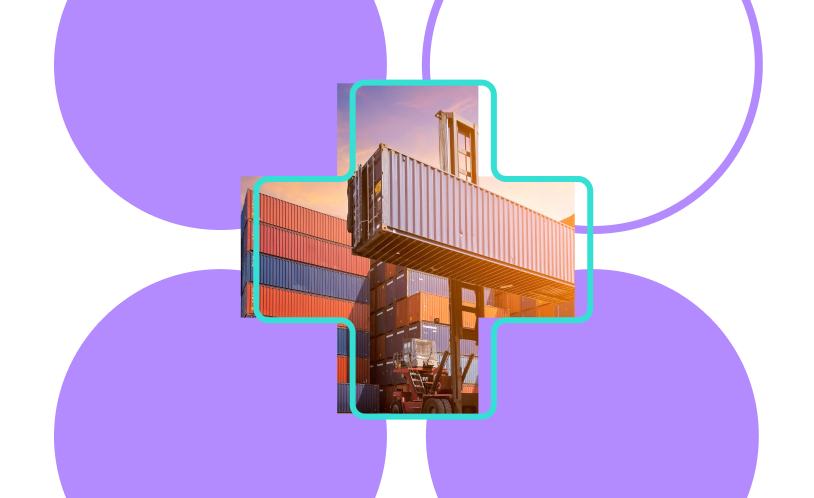With five Amazon marketplaces and over 28 potential countries to sell to, economic opportunities abound in the region. Here’s what you need to know before you get started as an Amazon seller in Europe.
By next year, over 340 million new customers could be looking at your Amazon FBA product.
That’s if you’re willing to expand to Europe, the second largest B2C ecommerce market, projected to be worth $839 billion by the end of 2022. More and more people are purchasing online, with the ecommerce markets growing at a rate of almost 14%. In Western Europe—the largest ecommerce market in the continent, over 80% of consumers in the UK, Denmark and Germany already shop online.
And that’s an opportunity Amazon wants to help you tap into it.
The numbers check out for US businesses looking to expand to Western European Amazon FBA markets, especially with the perks of EU integration, but the processes and paperwork may be intimidating.
They don’t need to be.
This Amazon FBA Europe Seller guide will walk you through the processes, rules, and issues you may encounter from the moment you decide to start selling your FBA goods in the EU until it reaches your customer’s Baguette-laden doorstep.
This guide has two parts:
- International freight for Amazon FBA selling in Western Europe, including restrictions, the shipment process, and the roles of forwarders and shippers.
- Specifics about importing goods to the EU, including common modes of transporting goods, taxes, customs duties and Brexit.
International Freight For European Amazon FBA
Whenever you ship goods outside the country, whether it’s just past the border between US and Canada or across the Pacific to China, you deal with several international freight processes. While booking a flight to find samples is straightforward, importing can be more complicated.
International Freight Restrictions
First, take a look at what you can’t do.
International freight restrictions can be categorized into three major types: import restrictions, carrier restrictions and intellectual property restrictions. Before you even start worrying about the shipment or look for suppliers, here are the things you need to know about each type:
- Import restrictions. Customs agencies enforce these on behalf of government agencies. Some examples of possible import restrictions are:
- Product-specific restrictions, such as FDA regulations on sunglasses;
- Restrictions on just a part of a product, such as a leather lining on your product;
- Packaging issues; and
- Anti-dumping duties. These are high taxes on imported products that are sold way cheaper than the local fair market value. Governments usually impose these taxes to protect its local industries.
- Carrier restrictions. When news of the Samsung Galaxy Note 7’s fire-catching (and possibly destructive) tendencies broke out, airlines around the globe banned it from all flights, and understandably so. Air and ocean carriers may restrict whatever they may consider as “hazardous cargo.” While the list of restricted products on ships is quite long, it’s even more so for planes.
- Intellectual property restrictions. You may not actually be shipping anything like those knockoff Louis Vuitton bags. But if your product, as well as its packaging or wording, bears any similarities to another product, intellectual property restrictions might get you in trouble.
While export restrictions also exist, those are very rare. Import restrictions, on the other hand, may cause you unexpected or unnecessary hassles. To find out if your product may be affected, you can do the following:
- Do a quick Google search.
- Find your product’s HS code and then search on the respective government websites for guidance.
- Ask your freight forwarder for help.
- Ask a lawyer if you suspect any potential copyright infringement issues.
The end-to-end freight process
Once you’ve figured out whether or not you can import or export your goods, you can move on to the shipping process. At this point, you should be ready to get your goods picked up. Right?
Not really.
The shipping process doesn’t actually start with the pickup, but with the preparation of all the necessary documents.

The diagram above shows the shipping process from end to end. It starts when the truck picks up your shipment from the factory, as represented by the truck and forklift on the left side. A few more things happen before it gets loaded onto a ship or plane, and once it lands on the other side, the same process happens in reverse.
While the process sounds simple, a thousand things could go seriously wrong. That’s why successful importers and exporters rely on freight forwarders to manage their shipment. Nonetheless, it’s good to be familiar with each stage of the end-to-end process, to ensure a smooth-sailing shipment.
- Pre-pickup. Prior to getting your goods picked up from your factory, you’ll need to find out which Amazon warehouse will receive your goods. You also need to prepare the following documents:
- Commercial invoice. You should get this from your factory for purchasing the goods.
- Packing list.
- Material Safety Data Sheet (MSDS). This applies when you are shipping hazardous materials (e.g., batteries).
- Pickup. When you have all the information and documents on hand, you should be ready to provide them to a forwarder to book your shipment. Your forwarder will provide you with a quote, and once you’ve accepted it, they will confirm the booking with an air or ocean carrier. Keep in mind that international freight carriers provide less visibility than what you’re used to with UPS or FedEx. You still have to fill out more paperwork at this stage, but usually, your forwarder could help you out with this.
- Origin. What happens at this stage depends on the international commerce terms (Incoterms). These are the different rules governing the obligations of the buyer and seller in international trade transactions. Each rule determines which party assumes the costs and risks involved at each stage of the shipping process.Under Ex Works (EXW) terms, for instance, your goods are picked up directly from the factory. Under Free on Board (FOB) terms, you will have to take the goods to a warehouse close to the airport or seaport. Unless your shipment is a full container-load of cargo, your shipment will go to a specialized warehouse to be consolidated with other shipments and either stuffed into a container or trucked to the airport.
- Main leg. This is when your goods are flown or shipped close to its final destination. Most forwarders will only consider this stage when they estimate your total transit time, when in fact, the total end-to-end process could take longer, depending on the distance between the airport or dock and your final destination. Make sure to clarify this with your forwarder before signing them up. The best transport mode depends on the volume you are shipping. Express freight (via courier) is quickest, but this is only good for small shipments. Regular air freight is slower than express but quicker than ocean freight. Air freight, however, can actually be cheaper than ocean freight for shipments up to around 500 kg. Ocean freight takes longest, but is usually the most affordable.
- Destination. This is the point where the process repeats in reverse. This is where customs regulations can get more complicated, depending on the destination’s restrictions. Once the shipment gets to the warehouse, it gets separated from other shipments.
- Delivery. This is when the shipment is transported from the warehouse to your shipment’s final destination, with a possible prepping stop in between.
Easily estimate your FBA freight costs here or with the calculator below.
Obligations of the Forwarder and Shipper
Spare yourself from the headaches that may come with international freight by asking the help of a forwarder to manage your shipment for you. Your forwarder will be responsible for:
- Booking the transportation, whether it’s via air or ocean freight;
- Ensuring that your shipment complies with customs processes;
- Getting all your paperwork in order;
- Troubleshooting the shipment;
- Keeping you up-to-date on any issues regarding your shipment.
While your freight forwarder actually does most of the work, you get to take control over and be responsible for a few things, too, such as:
- Negotiate the right freight term on the contract. FOB and EXW, mentioned earlier in this article, are just two of 10 Incoterms rules that traders use. This will determine how much risk and responsibility you will bear throughout the shipping process. A trustworthy forwarder can give you advice regarding which incoterms will be in your best interests.
- Check all documentation. Whether it’s a freight document you fill out yourself or receive from your forwarder, make it a priority to check, double check, and even triple check them, if you must. Even the tiniest of errors can lead to costly, serious delays.
Arrange the right customs bond and payment, when necessary. Importing to Europe, unlike importing to the United States, doesn’t require customs bonds. You still, however, need to pay for customs duties and possible penalties. Most forwarders usually don’t pay for this, so don’t forget to discuss this with your forwarder.
Importing to Europe
Now that you know the ins and outs of international freight, the rest of this guide will help you learn more about importing and shipping to the region.
Shipment Modes in the EU
The freight map below shows how goods are usually shipped around the region.

The five major European container ports are:
- Le Havre, France
- Felixstowe, United Kingdom
- Antwerp,Belgium
- Rotterdam, The Netherlands
- Hamburg, Germany
Imports from the US usually arrive in one of the first four, while imports from China, via the Suez Canal, go to Hamburg. From the Suez Canal, the shipments usually travel inland via barge or rail for local distribution. Otherwise, when the shipment is urgent, they are delivered via trucks.
Big air cargo, meanwhile, fly through the largest European airports such as those in Frankfurt, Heathrow (London), Paris, Milan, Rome, Madrid and Barcelona.
Air freight arrives 10 to 15 days sooner than sea freight, but shipments over about 100 kg will cost a lot more. Shipping by rail from China is becoming more popular, as it’s a middle ground between sea and air freight in terms of transit time and pricing.
Taxes in the EU: Not the same as regular sales tax
Importing in the EU is different from importing in the US, both in good and not-so-good ways. Here are four things you need to know about sales tax, known as value-added tax or VAT in the EU:
- VAT rates range from 17% to 25% of the goods’ value. Yes, they are much higher than US rates.
- You need to pay for them upfront. This means duties are due when you import them, not when you sell them. One way to get out of this is through a duty deferment program, but it may be too complicated for beginner importers.
- You only need to set up for VAT once. Once you’ve registered for VAT in one EU country, you’ll be covered for importing anywhere within the EU. Also, once your goods are in the region, you can freely transport them from one country to another.
- VAT is streamlined and transparent. Not too many (bad) surprises here as far as taxes are concerned, as all countries have pretty clear and understandable steps for getting a local tax ID.

Take note that these rules apply to EU, not the entire Europe, because some countries in Europe, such as Switzerland, Norway and Russia, aren’t EU member states. The VAT Information Exchange System (VIES) is a central EU point to validate VAT numbers issued to member states. There are also ways to reclaim VAT, depending on the nature of your business and the level of business you expect to do in Europe.
Customs Duties
Aside from VAT, imports also come with corresponding customs duties. Here are three things you need to know:
- Duties vary depending on the product you’re importing. Although duty structures are usually around 5% to 10%, some goods, such as books, may be duty free. On the other hand, they can go up to 100% or higher for goods covered by anti-dumping rules.
- Customs duties are the same across the EU. You read that right. Whatever the tariff rate is, depending on what kind of goods you’re importing, will be the same rate in any EU member state.
EORIs
You need an EORI. The Economic Operators’ Registration and Identification number, or EORI, is what customs authorities use to identify the importer or exporter for each shipment. It’s the same number for all countries in the EU. Don’t forget to apply for an EORI with one of the local customs authorities before you start importing.
More Paperwork
Aside from the documents you need to get your shipment transferred from one place to another, you also need certain documents to be able to export from the US and import to the EU. Make sure that you have all of these before making the final payment.
- To export from the US, you need the following:
- Census Bureau Electronic Export Information filing
- Export license (paid by the supplier)
- Foreign Principal Party in Interest
- Status change to “known shipper”
- To import to the EU, you will need:
- Certificate of Origin. This may vary depending on the country of origin.
- CE Marking. This is proof that your goods meet European Health and Safety Standards. Electrical appliances, toys, machinery and medical devices will need this. Before importing your goods to the EU, check if your product has this. Otherwise, you can ask your manufacturer if it’s possible to get your merchandise CE accredited.
In a Nutshell
Taking your business to Western Europe seems like a daunting process, but the rewards are definitely worth it. A trusted forwarder, however, can help streamline the whole process of international shipping and trading.
Freightos.com can help you find the perfect forwarder, based on your budget and needs. Or, if you’re not ready to get started, our live support staff is always there to lend a helping hand or point you towards great resources for starting out, including resources tailored for Amazon FBA sellers.



